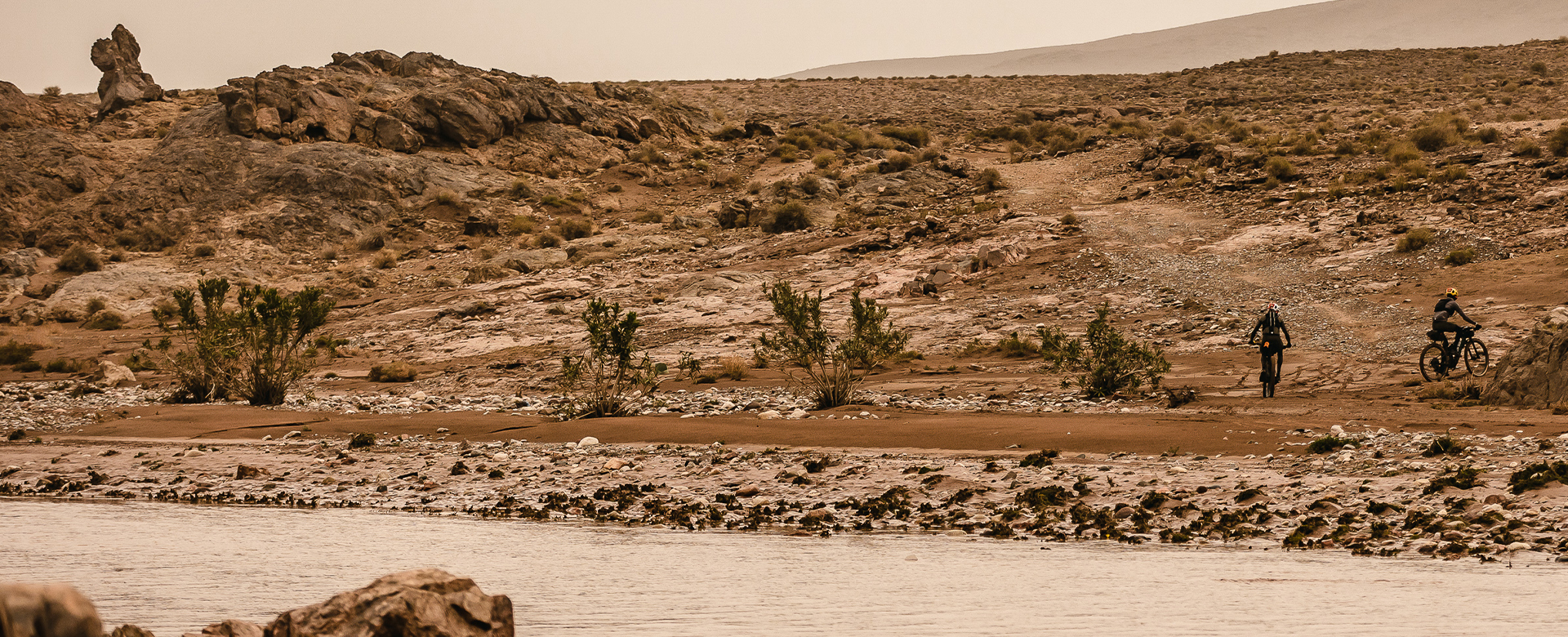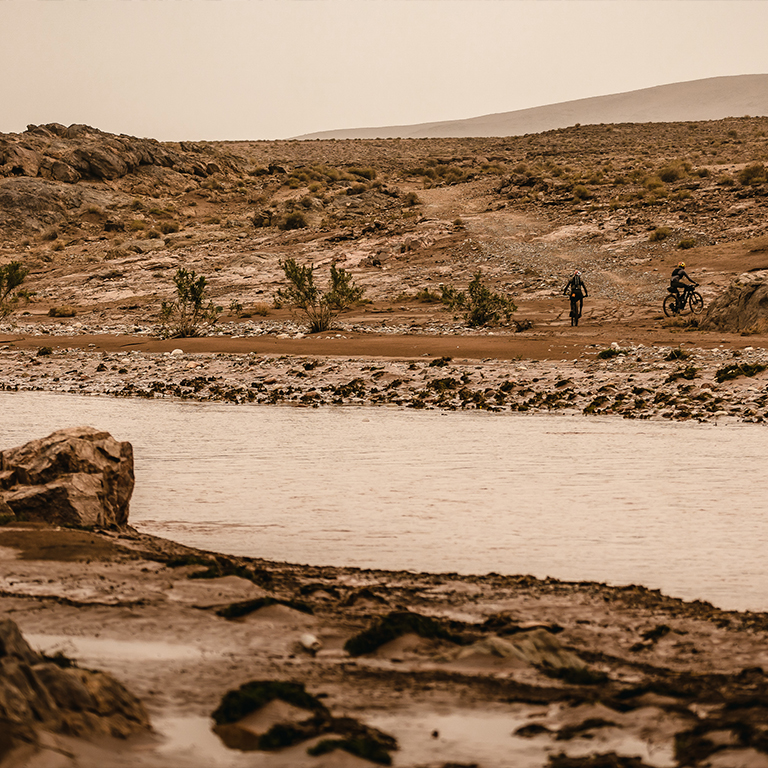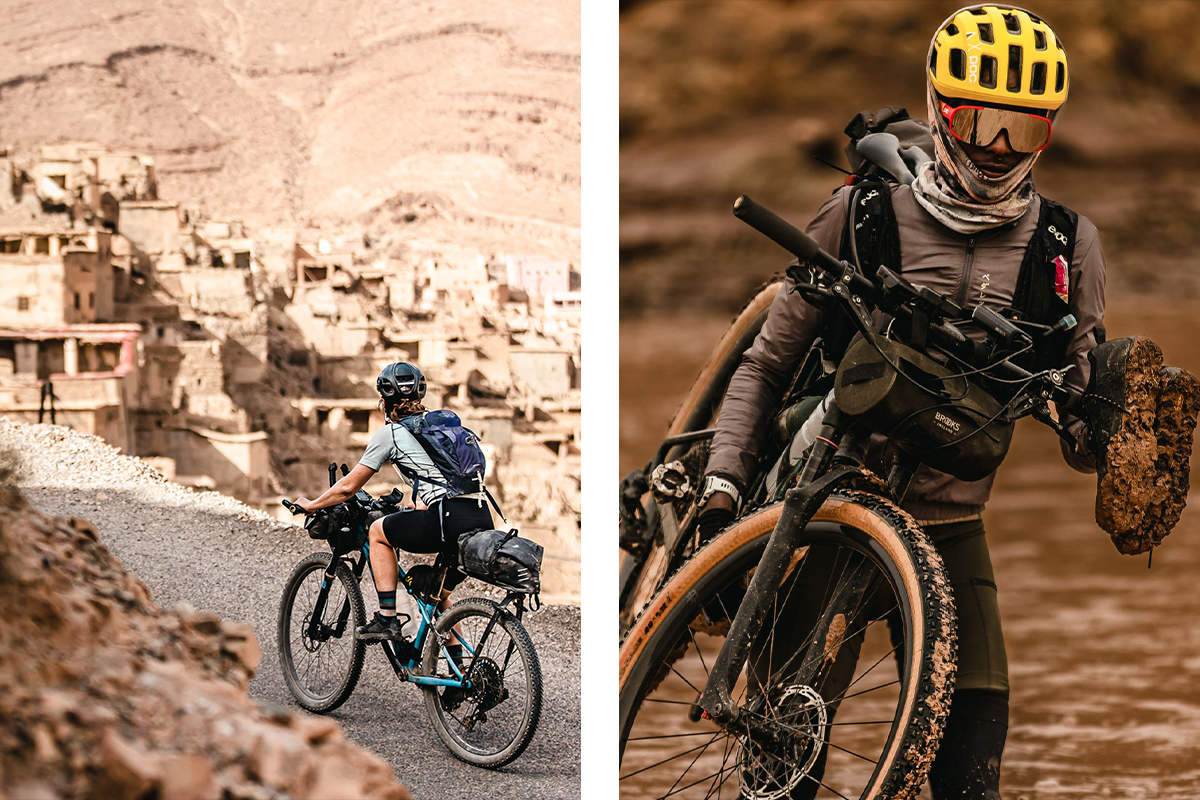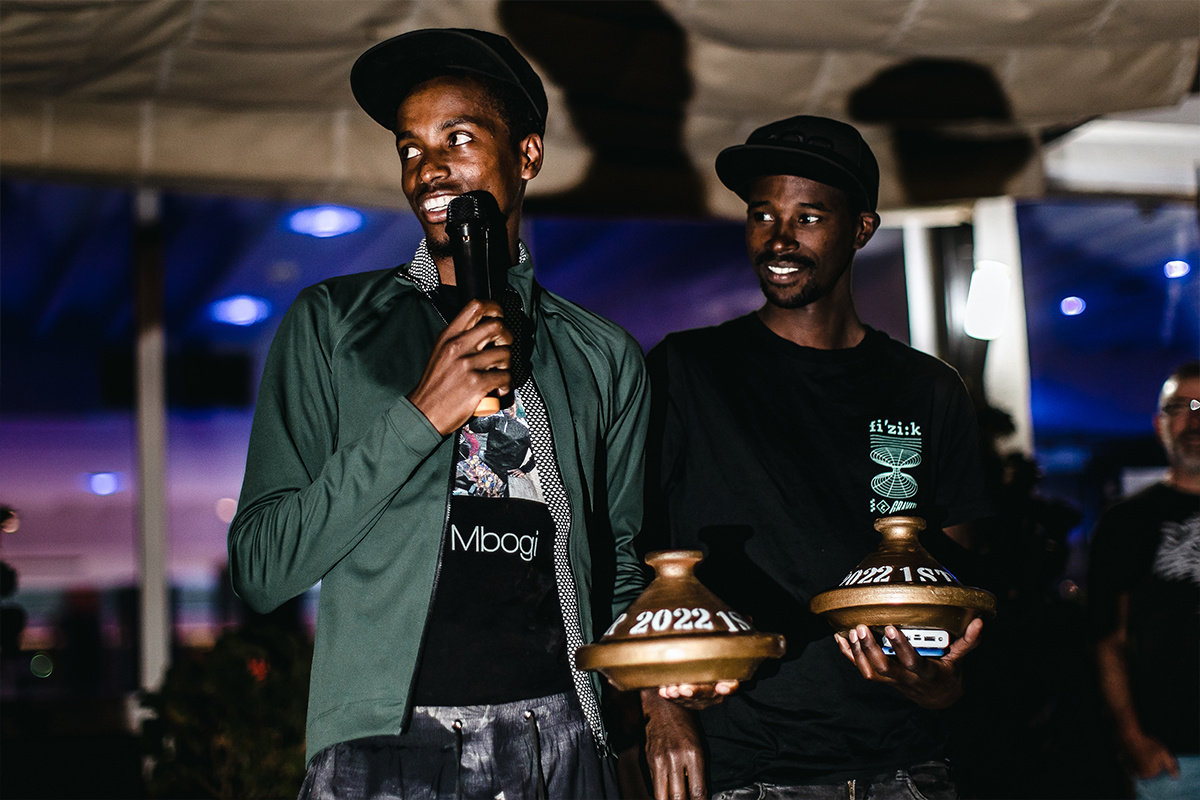With the third edition of the Atlas Mountain Race ready to roll out across Morocco, we wanted to take a moment to look at the finer details of this adventurous event. Read on to learn about the history, inspiration, and excitement behind North Africa’s premier ultra-endurance cycling competition.
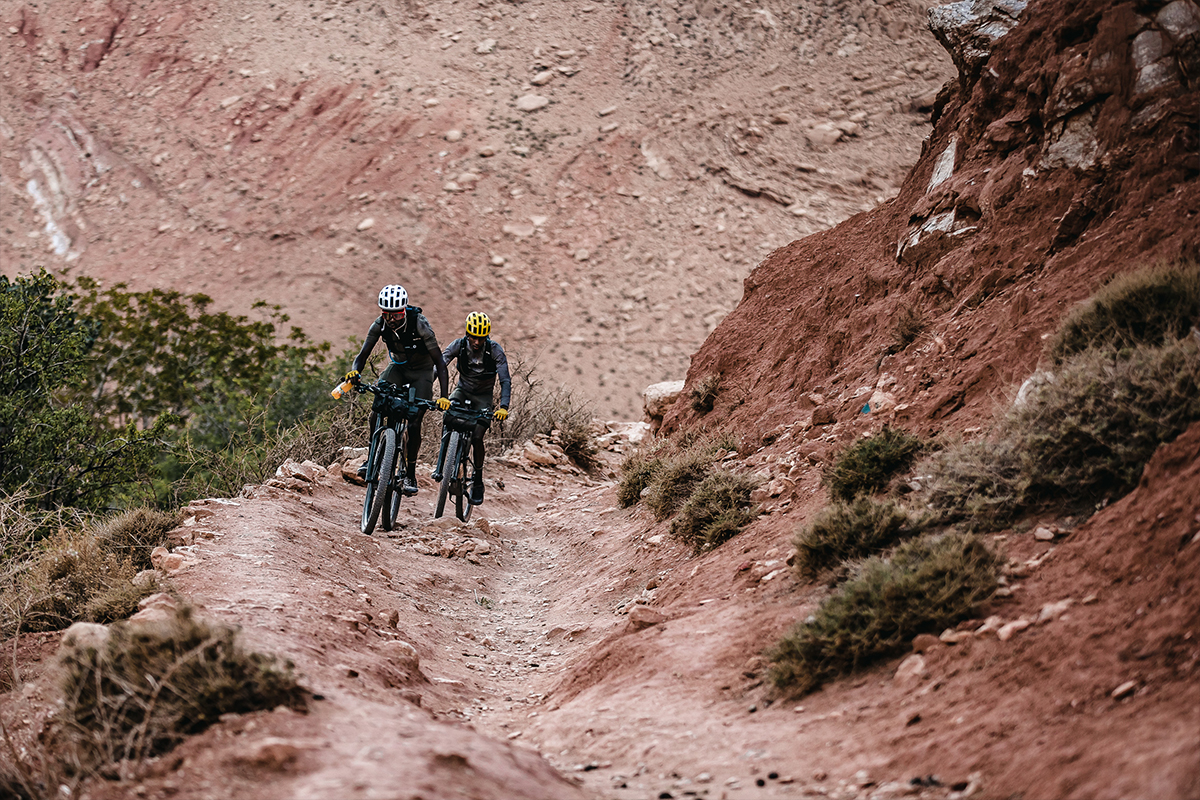
Only 14 kilometers south of Spain, but half a world away, Morocco has long held a special allure for visitors from around the globe. Perhaps it’s the typically sunny weather or the welcoming nature of its people—the bustling medinas or beautiful deserts, beaches, and mountains—but Morocco continues to attract travelers of all kinds, even those of the two-wheeled variety. Enter the Atlas Mountain Race.
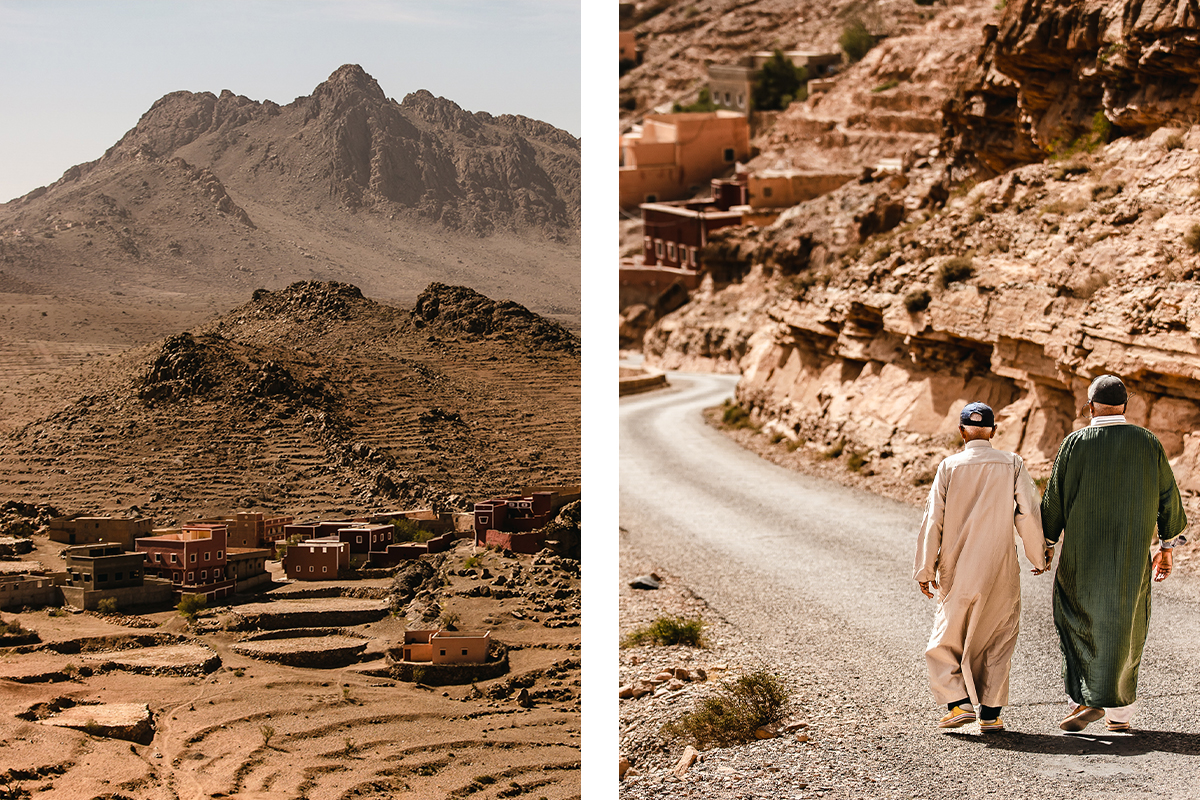
Kicking off its third edition February 3rd, the Atlas Mountain Race is a 1,300-kilometer ultra-endurance bikepacking competition across the winding roads, gravel tracks and trails of Morocco. Riders compete either solo or in pairs, passing through a series of checkpoints on a one-of-a-kind journey from the crowded bazaar of Marrakech to the port city of Essaouira. Unsupported and up against a clock that, once started, doesn’t stop till they’ve reached the finish, Atlas Mountain athletes are required to dig deep, facing numerous unexpected twists and turns along the way.
Or as race organizers describe it:
The first edition of the AMR took place in early 2020, before the rise of a pandemic that would delay any future editions for nearly three years. Founded by Nelson Trees (whose other event credits include Kyrgyzstan’s Silk Road Mountain Race), the Atlas Mountain Race draws inspiration from and shares a similar format to that of the Transcontinental Race, with one key difference. Unlike the TCR, Atlas Mountain racers must follow a fixed course, one which French athlete Sofiane Sehili managed to complete that first year in an unbelievable 3 days, 21 hours, and 50 minutes.
In that race, as well as in the AMR’s second edition late last autumn, the course carried riders from Marrakech to Agadir, crossing some 1,167 kilometers of mountainous terrain from which the event draws its name. For its third edition, riders will have to push even further, tacking on an extra 135 kilometers to reach the finish inside the city walls of Essaouira.
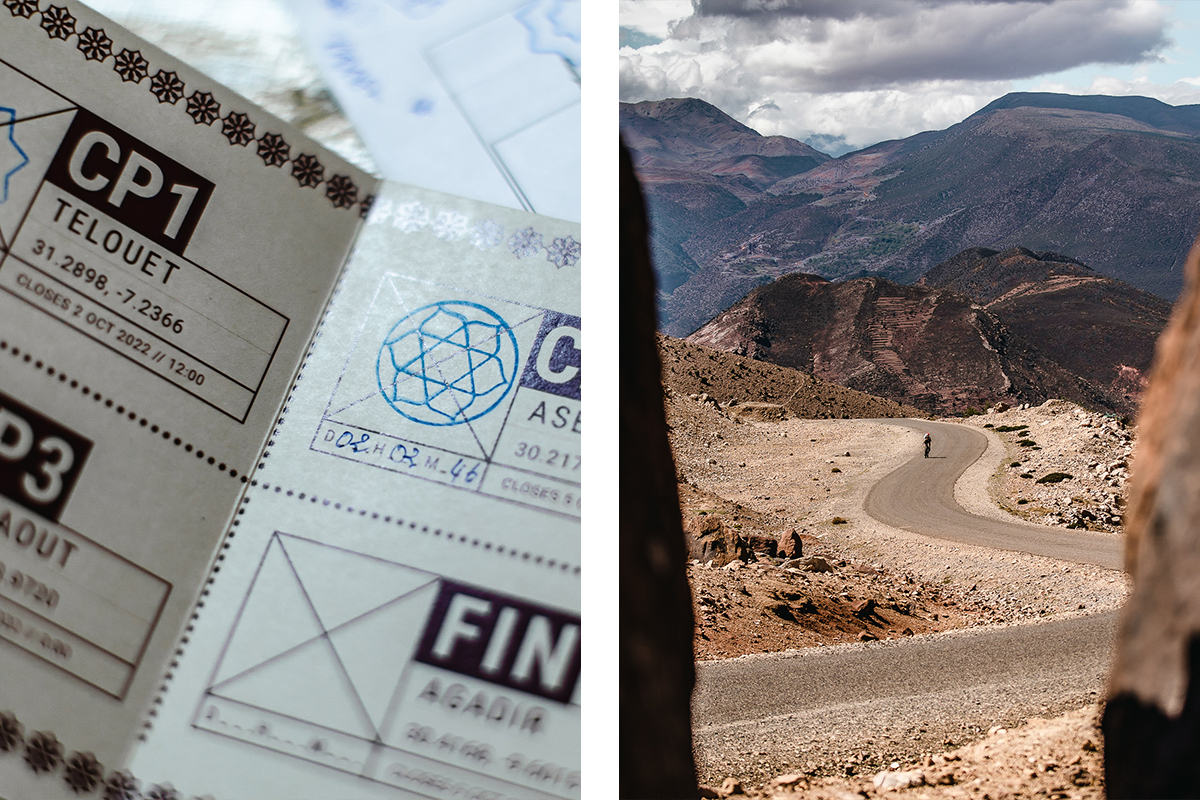
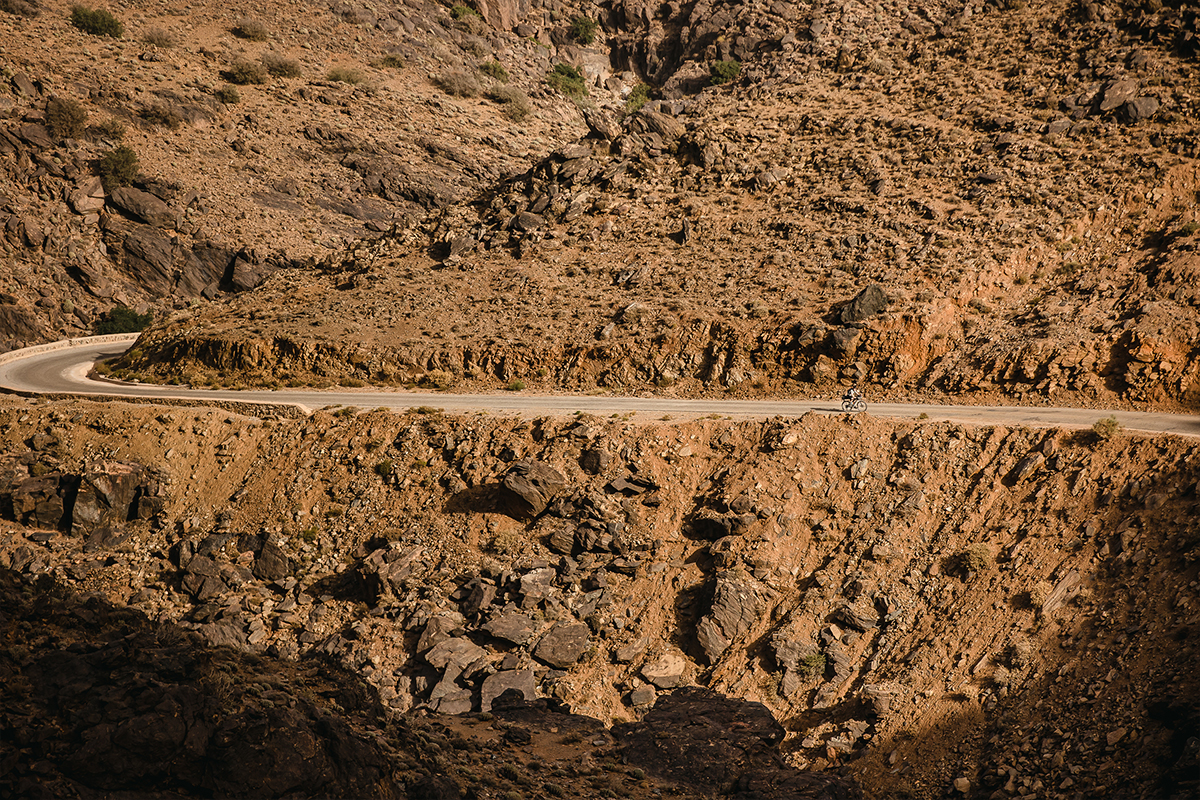
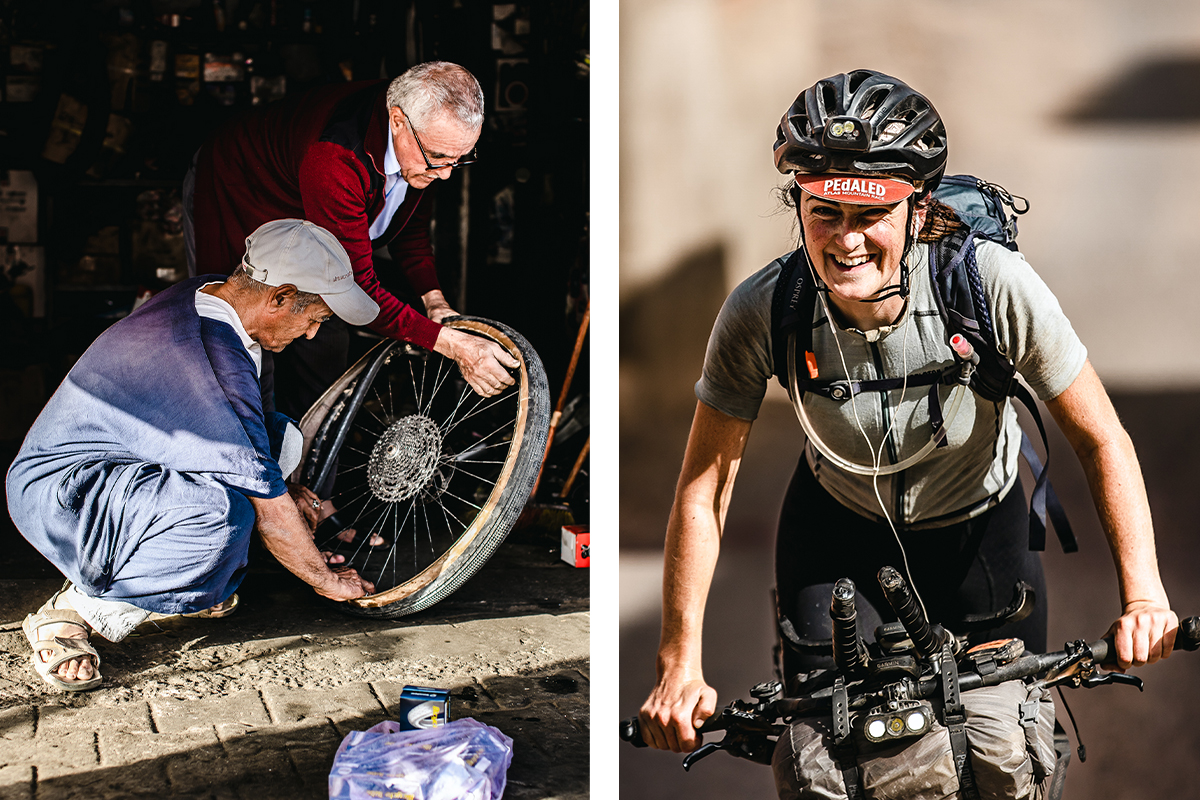
Of course, extreme distances are only one part of the overall challenge of the Atlas Mountain Race. Other difficulties include rough terrain, steep climbs, long distances between resupply, and unpredictable weather conditions—a reality that helped shape the race last fall when heavy rains swelled rivers and forced those at the front to wait for waters to recede, giving the rest of the field time to catch up.
Another notable performance from last year’s AMR includes pairs winners Kenneth Karaya Mungai and Geoffrey Langat from Team Amani, who pushed one another and pedaled together for a finishing time of 4 days and 11 hours.
A revised course this year means that Marin’s record will stand, and it also means a new set of surprises for riders to overcome. While individuals and teams gather in Marrakech, finalizing packing lists and making last-minute bike adjustments, we wish athletes and organizers alike good luck as we all look forward to watching another Moroccan adventure unfold.
You can follow along for regular updates throughout the race on Instagram @atlasmountainrace or on the event’s website www.atlasmountainrace.com
Photo – Ariel Wojciechowski

